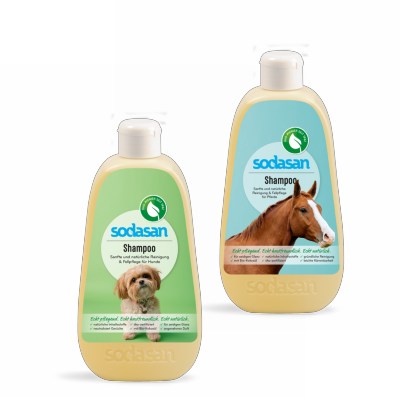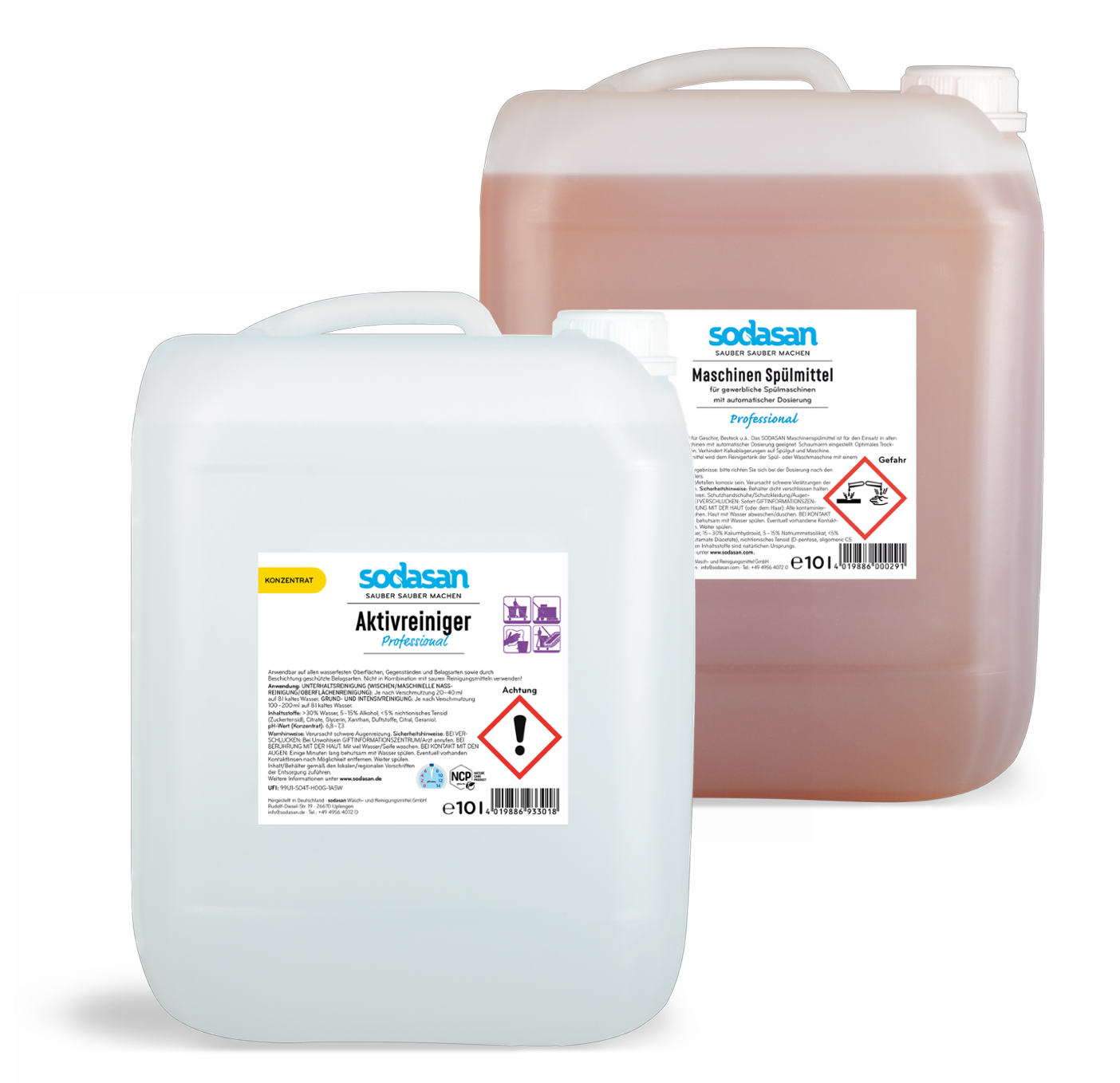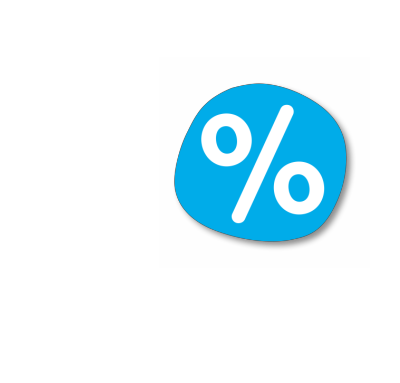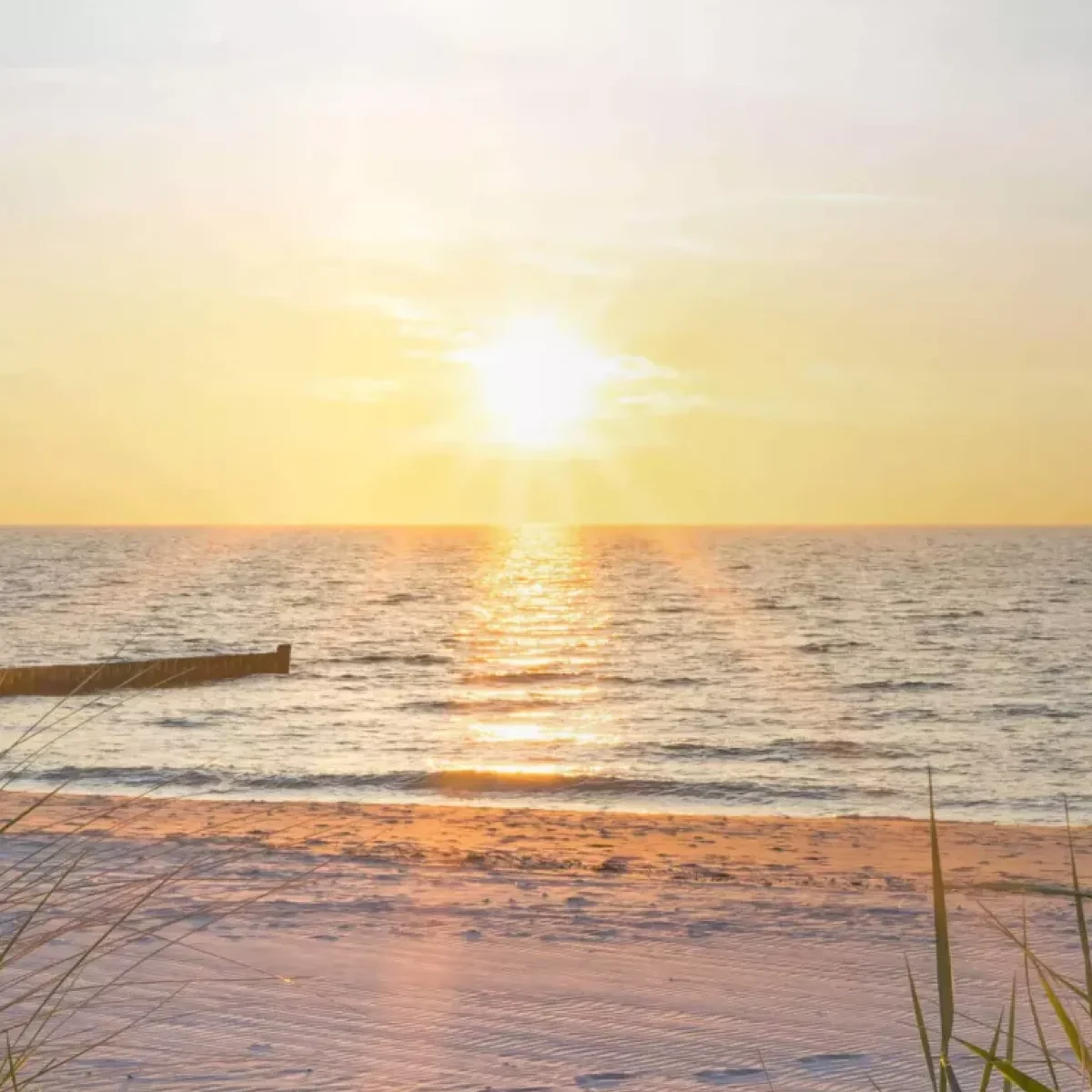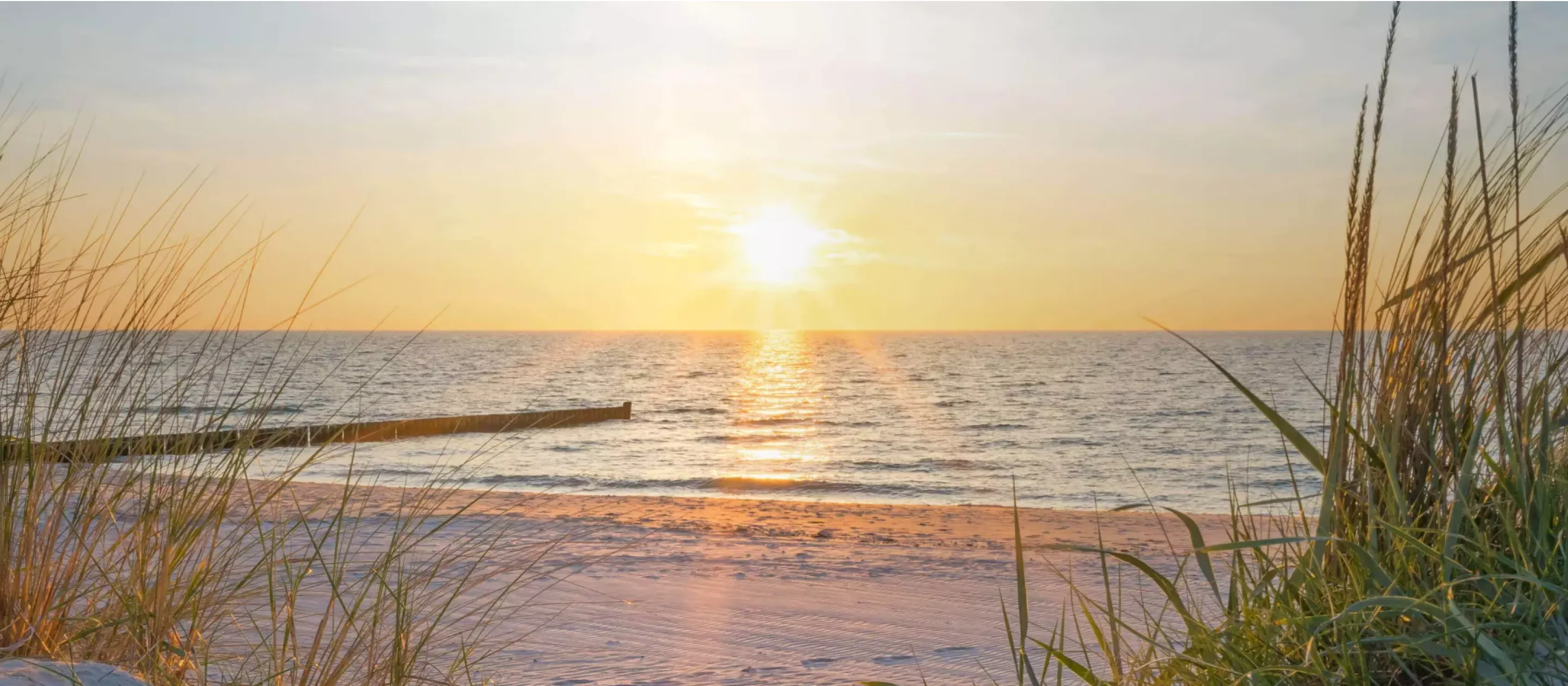Don’t refuse to reuse!
Every product has its biography. A life cycle that starts with the product's creation, followed by its use and then its disposal. At which point in this life cycle would you most likely check the eco credentials of a product? Does it pass or fail? In order to decide how green a product really is, it's best to scrutinise every step of the process. Every detail at every stage of the product life cycle – that’s what matters.
Since the industrial revolution, most of our raw materials and nutrients are wasted. They are produced in linear processes without any consideration for our finite natural resources nor the environment. Ultimately they end up with a one-way ticket in the bin.
Recycling processes are more intelligent and creative. Instead of constantly manufacturing new things, used items are re-purposed into raw materials that can be reused for as long as possible. However, even those items cannot be recycled ad infinitum, so even more holistic concepts are needed. After all, why should we settle for being less bad, when we could be good instead?



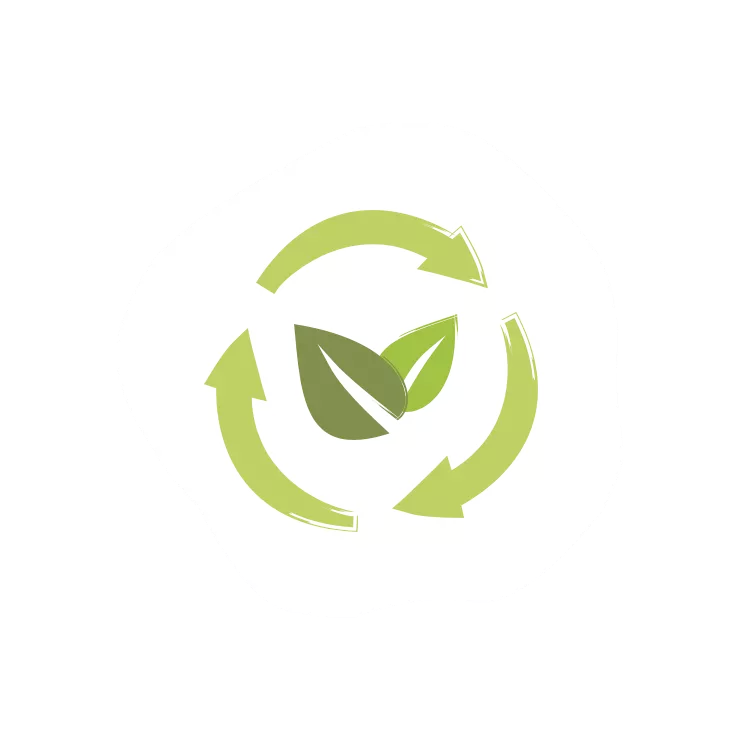
Recycling processes are more intelligent and creative.
Our clean response:
For us, it’s all about keeping things clean from start to finish. This is why we follow the cradle-to-cradle business strategy, which is based on the principle of continuous material cycles and the use of renewable energies. In biological cycles only natural raw materials are used, which are then returned to nature as biological nutrients. This process yields a big green 'zero' of waste produced. This zero-waste idea is a very high standard to meet, but that is exactly what drives us at sodasan. We are constantly guided by these questions:
What is the source of a raw material, what is the packaging made of and what happens to it when the product is used up? What happens during production and during the use of the product? Is it easily and fully biodegradable? Into which components does it break down?

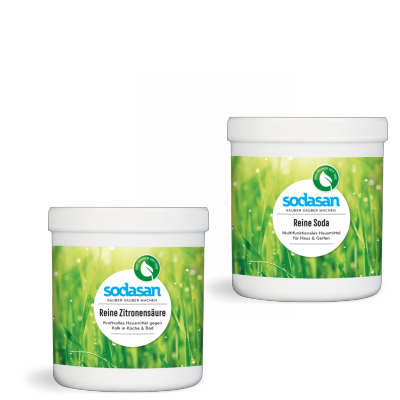
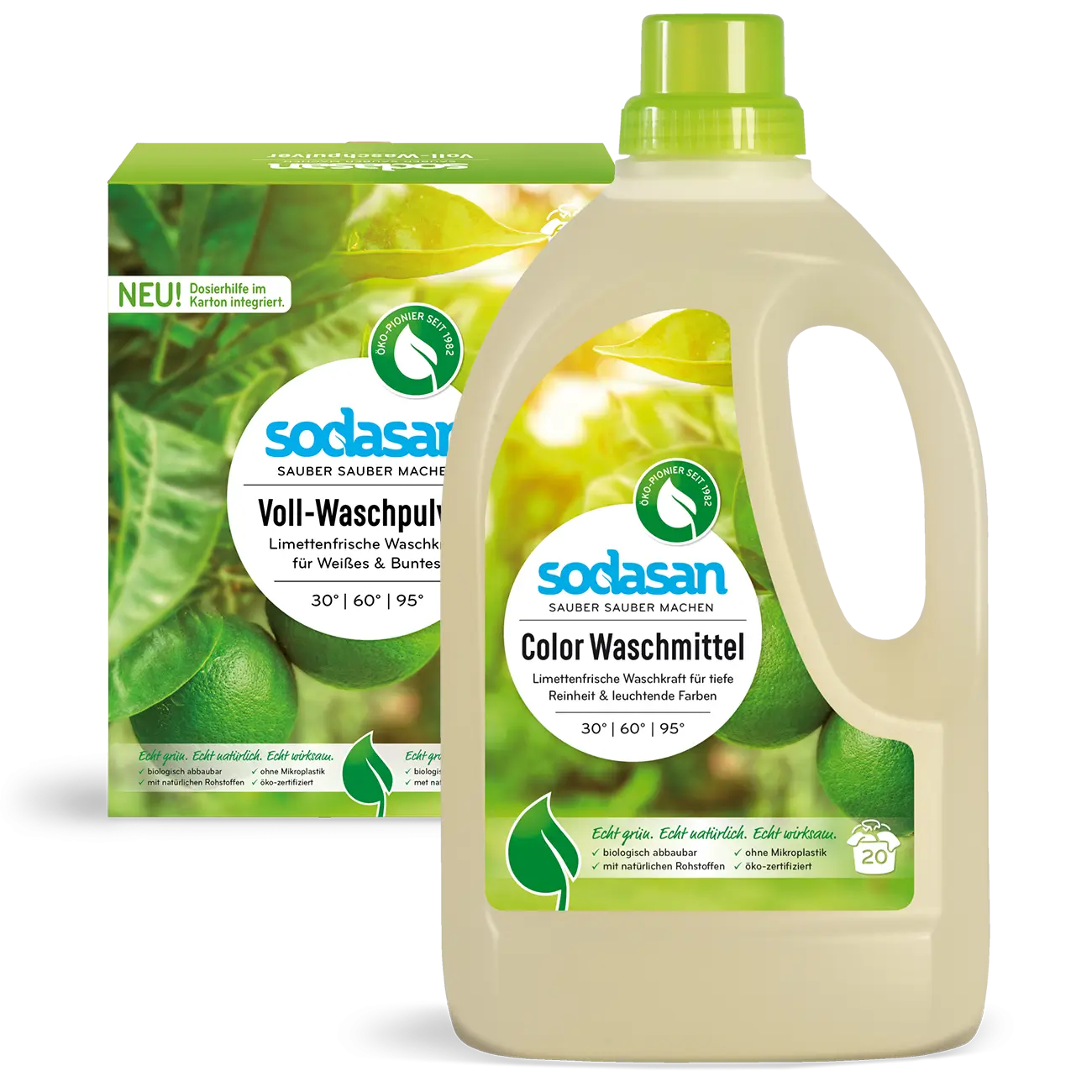
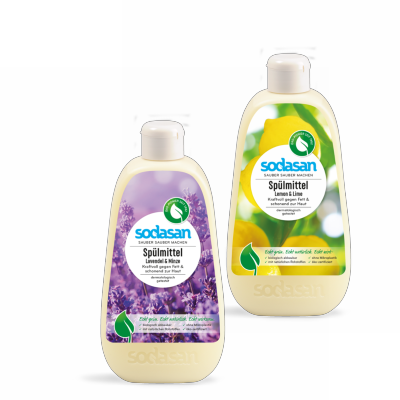
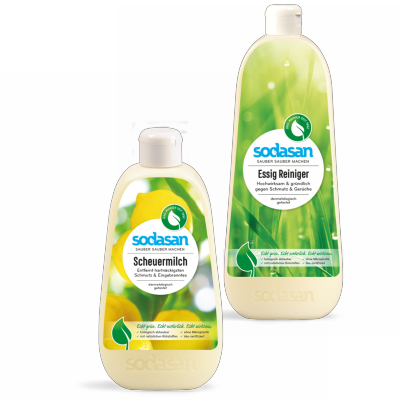
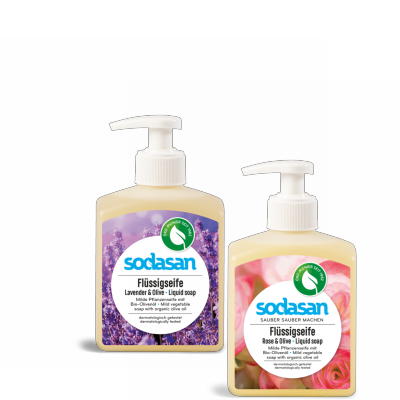
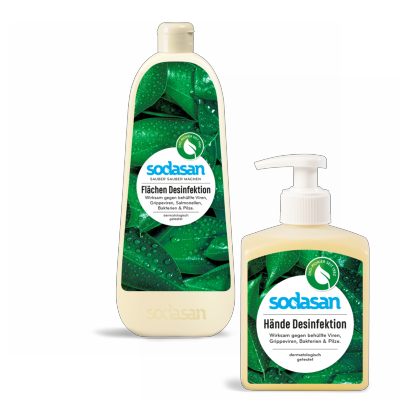
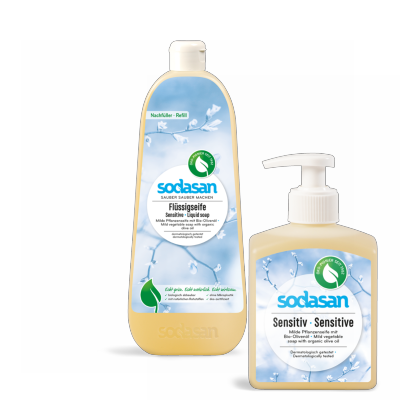
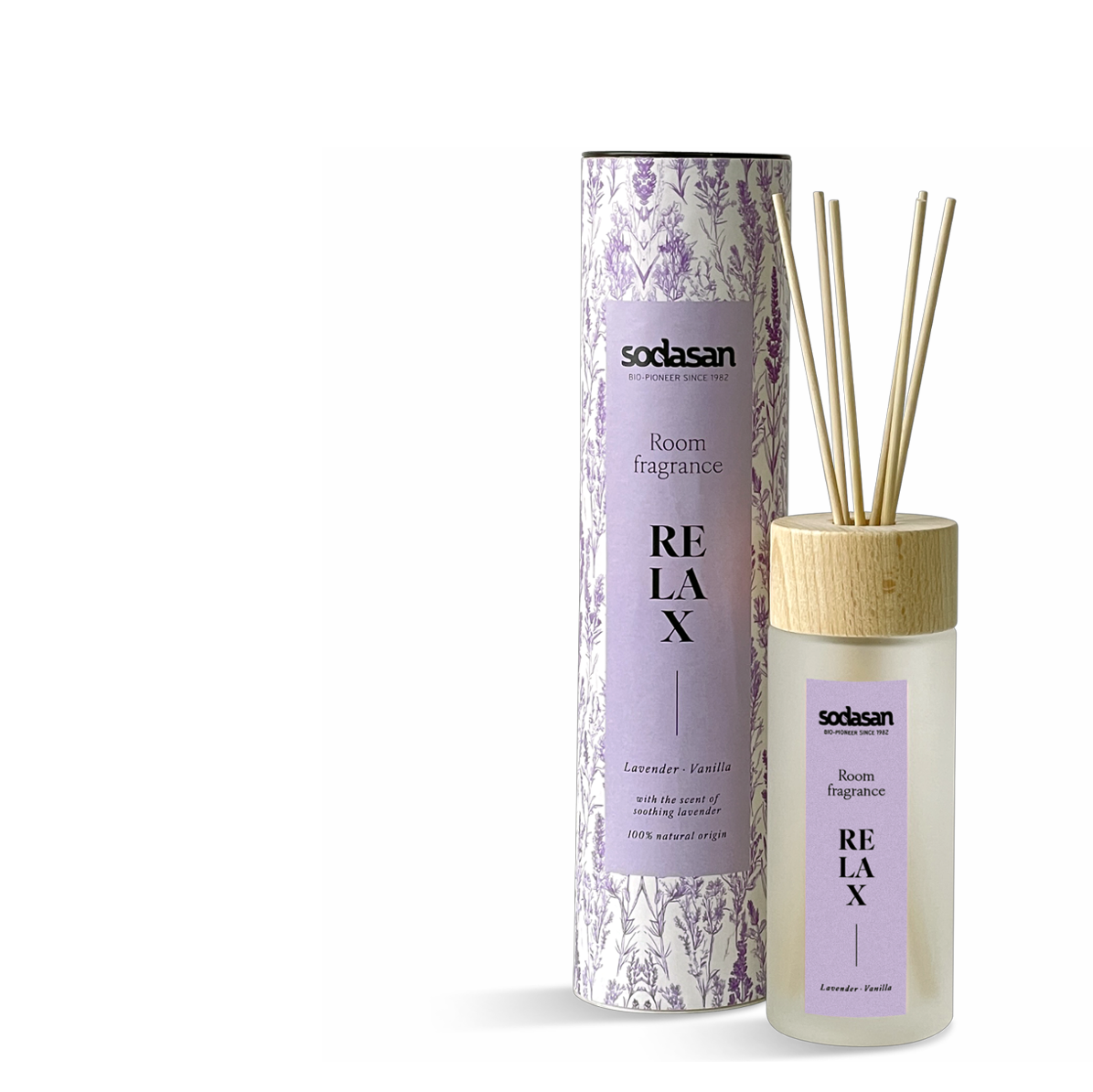
.webp?ts=1690357017)
